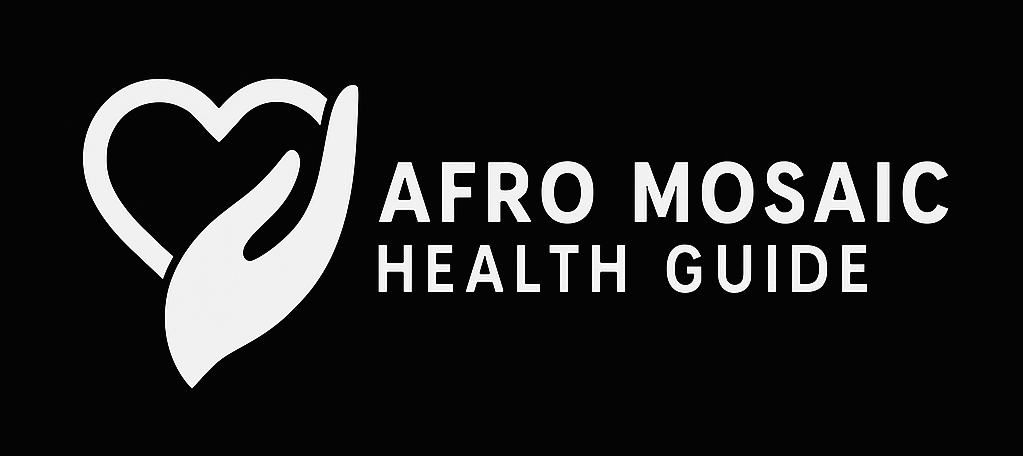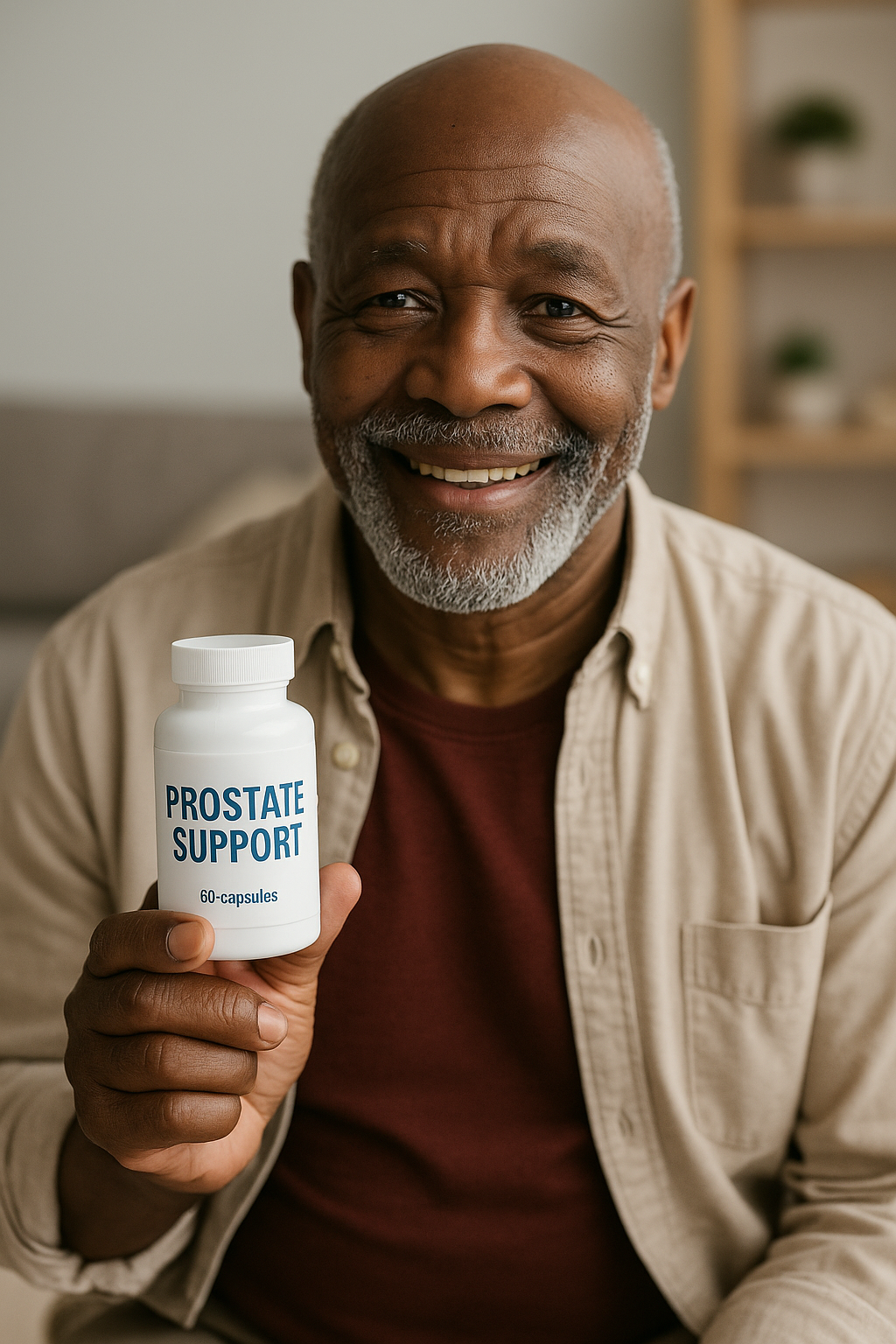By. Maya Thompson – AMHG Magazine
When the Thompson family bought their cozy two-story home on Maple Ridge Drive, it looked like a dream fulfilled. Freshly painted walls, a new roof, a big backyard where the kids could chase each other under the summer sun—it all felt right.
But what they couldn’t see was what would slowly begin to unravel their lives from the inside out.
It started quietly. A faint musty odor after a week of heavy rain. A dark shadow creeping along the edge of the basement window. Then came the coughs—the kind that linger.
By the time the Thompsons realized their home had a mold problem, it wasn’t just the house that was sick.
The First Sign: “It’s Just a Cold, Right?”

It was little Emma who started coughing first. Eight years old, bright as a button, with a laugh that filled the house. But over a few weeks, her energy dipped. Her cough got harsher, deeper. Then came the sneezing fits, the watery eyes, the headaches.
Her mother, Denise, blamed the changing seasons. “Probably allergies,” she told herself, cracking the windows for fresh air—unknowingly letting in even more moisture.
Soon, her husband Michael started feeling it too. A constant sinus pressure that made every workday a slog. He chalked it up to stress. Until one night, he woke up gasping for breath, his chest tight like someone had wrapped it in barbed wire.
They didn’t know it yet, but the invisible invader in their home had already taken hold.
The Discovery
The breaking point came one Saturday morning when Denise was doing laundry in the basement. She moved a pile of stored boxes and froze. Behind them, the drywall was blackened with streaks of fuzzy green and dark gray. The air felt damp, heavy, almost alive.
Mold.
Not the little specks that show up in a bathroom corner. This was sprawling, thick, and rooted deep into the wall—like a living organism that had claimed territory.
Michael called a home inspector, who didn’t need long to confirm the worst:
“This is black mold—Stachybotrys chartarum. You’ll need to leave the basement until it’s remediated. It’s toxic.”
The Thompsons’ home—their safe space—had turned against them.
What Mold Really Does to the Body
For most people, “mold” sounds like an inconvenience, not a crisis. But for millions of households, it’s a silent predator that thrives in dampness, hides behind walls, and attacks health in ways many doctors still overlook.
Mold releases microscopic spores and mycotoxins—chemical compounds that can cause a range of health problems. When inhaled or ingested, these toxins can irritate the lungs, inflame the immune system, and affect the brain.
In the Thompsons’ case, Emma’s symptoms were classic for mold exposure: persistent coughing, wheezing, fatigue, and skin irritation. Michael’s chest tightness and shortness of breath pointed to respiratory inflammation, possibly asthma triggered by mold spores.
Denise, always healthy before, began to feel drained, foggy, even depressed. Studies have shown that mold exposure can disrupt neurological and hormonal balance, leading to fatigue, anxiety, and difficulty concentrating.
The body’s immune system, when constantly bombarded, can become hypersensitive—reacting to even small mold exposures long after the initial event.
The Hidden Cost of Ignoring the Signs
When the inspector delivered the full report, Michael felt his stomach drop. The mold wasn’t just in the basement—it had spread through the HVAC ducts, behind the bathroom tiles, and under the kitchen sink.

“It’s likely been growing for years,” the inspector said. “You probably never noticed because it was hidden inside the walls.”
The family had a choice: move out temporarily or risk further exposure. They packed their essentials and moved into Denise’s sister’s house for what they thought would be a few weeks. It turned into six months.
During that time, the costs mounted—medical bills, cleanup expenses, lost workdays, and emotional strain. Emma missed school. Denise’s insurance didn’t cover environmental testing. Michael’s anxiety spiraled as the bills piled up.
All from something that started as a faint smell.
What the Experts Say
According to the World Health Organization, mold exposure is linked to:
- Respiratory problems (chronic cough, asthma, bronchitis)
- Immune system suppression
- Allergic reactions (itchy eyes, skin rashes, sinus congestion)
- Neurological symptoms (brain fog, fatigue, depression)
- In severe cases, mold toxins have been associated with long-term damage to lungs and other organs
Dr. Elaine Crawford, an environmental health specialist, explains it this way:
“People think of mold as dirt, but it’s more like smoke. You can’t always see it, but when you breathe it in, it changes your body’s chemistry. It inflames your airways, weakens immunity, and can trigger chronic illness, especially in children, seniors, or those with existing conditions.”
Mold doesn’t need much to thrive—just moisture, warmth, and neglect. Flooding, roof leaks, poor ventilation, and unsealed basements all create the perfect breeding ground.
The Road to Recovery
For the Thompsons, recovery wasn’t just about cleaning walls—it was about rebuilding trust in their own home.
They hired a certified remediation team who sealed off affected rooms, installed air scrubbers, and removed all contaminated drywall and insulation. Every inch of the home was inspected, cleaned, and retested.
But the healing process was deeper than that.
Michael began seeing a respiratory therapist. Denise worked with an environmental doctor to detoxify her system. Emma’s lungs healed slowly, but she still gets nervous when she smells anything musty.
They also made major changes:
- Installed a dehumidifier system in the basement.
- Fixed the drainage slope around the house.
- Upgraded the roof and insulation.
- Added regular air quality testing to their yearly maintenance routine.

What You Can Learn from Their Story
The Thompsons’ ordeal is a warning for every homeowner, renter, or community worker. Mold doesn’t discriminate—it grows anywhere neglect and moisture coexist.
Here’s what experts recommend:
- Follow your nose. A musty or earthy smell is often the first clue. Don’t mask it with air fresheners—find the source.
- Inspect visible areas. Look for discoloration, peeling paint, or warped wood. Pay attention to corners, basements, and bathrooms.
- Control humidity. Keep indoor humidity below 50%. Use dehumidifiers in damp areas and ensure proper ventilation when cooking or showering.
- Fix leaks immediately. Even small drips can feed mold growth in days.
- Clean safely. Small patches of mold (under 10 sq. ft.) can be cleaned with vinegar or hydrogen peroxide—not bleach. For anything larger, call professionals.
- Check HVAC systems. Dirty ducts spread spores throughout the house. Replace filters regularly.
- Protect your health. If you experience unexplained fatigue, headaches, coughing, or allergy-like symptoms at home, see a healthcare provider and mention possible mold exposure.
Beyond the Walls
Months after moving back home, the Thompsons hosted a small family dinner. For the first time in a year, laughter echoed through the house again.
The air felt light, clean, alive. Emma’s cough was gone. Michael could breathe without fear. Denise lit candles—not to hide a smell, but to celebrate survival.
She said something that stayed with me:
“We used to think a house was just about bricks and paint. But now we know—it’s about the air you breathe and the love that fills it. The rest is decoration.”
Their story isn’t unique, and that’s the point. Across Canada and beyond, countless families face similar battles—especially in older homes, apartments with poor ventilation, or communities hit by flooding.
Mold is an invisible inequality—hitting hardest where resources to fix it are fewest.
The Takeaway: Health Starts at Home
Mold may not make headlines like pandemics or pollution, but for those living with it, it’s a daily health emergency. It attacks the very air we breathe and the trust we place in our homes.
The Thompsons learned the hard way that prevention is the real cure. They turned their suffering into awareness, sharing their story with local health organizations to help others recognize the warning signs early.
And that’s what this story is about—not fear, but empowerment. Because once you see mold for what it is—a living, growing hazard—you can take back control.

Conclusion: Clean Air, Clear Future
The Thompsons’ journey reminds us that a healthy home isn’t just about what we see—it’s about what we don’t.
Mold doesn’t just stain walls—it steals energy, sleep, and peace of mind. But awareness is power. With knowledge, action, and persistence, families can reclaim their spaces and their health.
So, take a walk around your own home tonight. Check the corners, smell the air, listen to the silence. Your walls might be trying to tell you something.
And remember what Michael Thompson said the day they returned home:
“You can rebuild a house, but you can’t rebuild a body. Don’t wait until it’s too late.”
Stay informed. Stay healthy. Stay aware.
At AMHG Magazine, we believe that every family deserves a safe home and clean air to breathe.
Like, share, and subscribe to AMHG Magazine for more real stories, practical wellness insights, and community health updates.
Visit amhg.ca — because protecting your health begins where you live.















